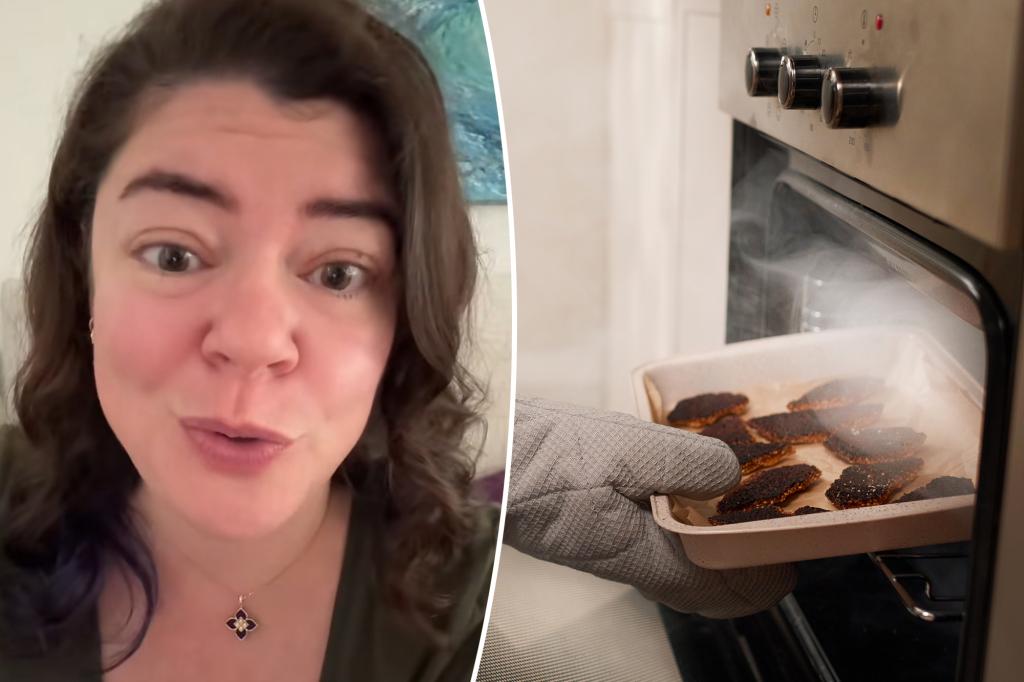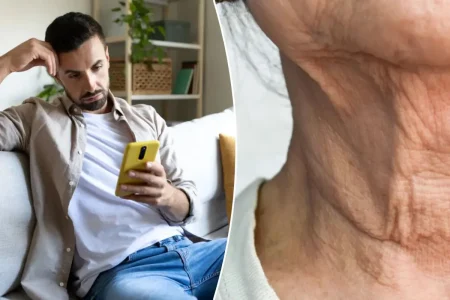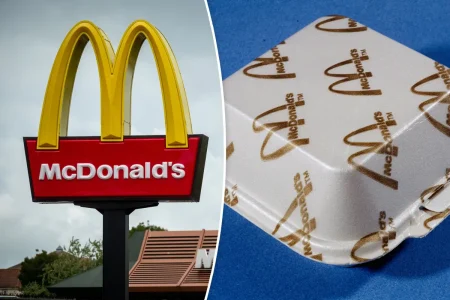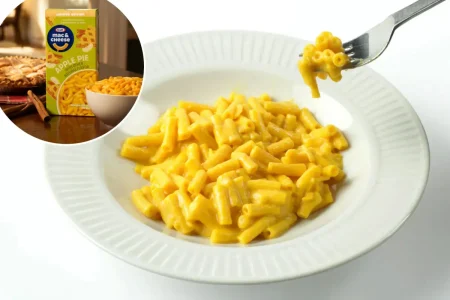The Hidden Fire Hazard in Your Kitchen: Why Burnt Food Disposal Matters
In our everyday kitchen mishaps, there’s a common scenario we’ve all experienced: you’re reheating or cooking something, get momentarily distracted, and suddenly your smoke alarm blares to life. That burnt food sitting in your microwave or oven might seem like nothing more than a ruined meal and an unpleasant smell. Your instinct is likely to quickly dispose of the charred remains in the nearest trash bin and move on. However, according to Ally, an emergency medical technician with over a decade of experience at a fire department, this seemingly harmless action could be putting your home at serious risk of a fire.
In a viral TikTok video, Ally shared a cautionary tale that perfectly illustrates this hidden danger. She recounted the story of a young woman who accidentally burned a brownie by setting her microwave timer for two minutes instead of twenty seconds. After the smoke cleared, she did what most of us would do – tossed the ruined treat into the garbage. What happened next was alarming but preventable: the discarded brownie started a fire in the trash can. This incident highlights a critical safety concern that many home cooks overlook. Even when the flames aren’t visible, burnt food can harbor concealed heat sources that pose significant dangers when thrown directly into the trash. As Ally explains, “Fire doesn’t need a flame to start from something really hot. When you burn food, part of what makes it burn is that it got really, really hot, and inside the black charred burnt parts of the food can actually be little embers like a campfire.”
The real danger lies in what happens after disposal. Your household trash contains numerous flammable materials – paper towels, food packaging, and other combustibles that can quickly catch fire when exposed to these hidden embers. What begins as a small, smoldering heat source can rapidly escalate into a full-blown house fire. The EMT emphasized this point clearly: “Your trash is filled with other things that can help a fire grow and make it really dangerous, so we don’t throw out things in our trash that are actively smoking.” This simple oversight has led to countless preventable home fires, often occurring when residents have already left the kitchen, believing the situation was under control.
Fortunately, preventing this type of fire hazard is straightforward once you know what to do. Ally recommends a simple safety protocol that could save your home from potential disaster. When food starts burning, first turn off the heat source immediately and keep the microwave or oven door closed until the smoking subsides. This contains the smoke and helps prevent it from spreading throughout your home. Once the initial smoking has stopped, carefully remove the burnt item and place it somewhere safe to cool completely before disposal. The sink or stovetop provides an ideal cooling location, as these surfaces are designed to withstand heat and won’t catch fire. Only after the food has fully cooled should it be transferred to the trash bin. This minor adjustment to your kitchen routine – taking a few extra minutes to ensure complete cooling – could prevent a major household emergency.
The significance of this safety tip cannot be overstated, especially considering how common cooking accidents are in daily life. According to fire safety statistics, cooking equipment is the leading cause of home fires and fire injuries in the United States, with unattended cooking being the primary contributing factor. Many of these incidents begin with scenarios exactly like the one Ally described – a momentary lapse in attention leading to burnt food, followed by improper disposal. While most home cooks strive to avoid burning their culinary creations, mistakes happen to even the most vigilant among us. It’s in these moments of recovery from cooking mishaps that we need to remain mindful of fire safety protocols. Something as simple as the proper disposal of burnt food represents a critical juncture where attentiveness can prevent disaster.
Ironically, while most of us try to avoid burning our food, there’s a curious culinary trend that embraces controlled burning for entertainment. In New York City, “burn-away cakes” have become a popular celebration item, where bakers intentionally set the top layer of a cake on fire to reveal hidden messages or designs underneath. Nerwan Khalife, owner of Cakes by Nerwan in Astoria, reported overwhelming customer demand for these pyrotechnic desserts. However, unlike the unintentional kitchen fires that can result from improperly discarded burnt food, these decorative flames are carefully controlled. As Khalife assures customers, “It’s like a candle on a birthday cake, just a little bigger. It’s not gonna burn your house down.” This contrast highlights an important distinction between controlled, intentional fire in cooking and the unexpected hazards that can arise from everyday kitchen accidents. While professional bakers can safely incorporate fire elements into their creations, home cooks need to remain vigilant about the less obvious fire risks in their kitchens – particularly when it comes to disposing of those accidentally charred meals that didn’t quite turn out as planned.















